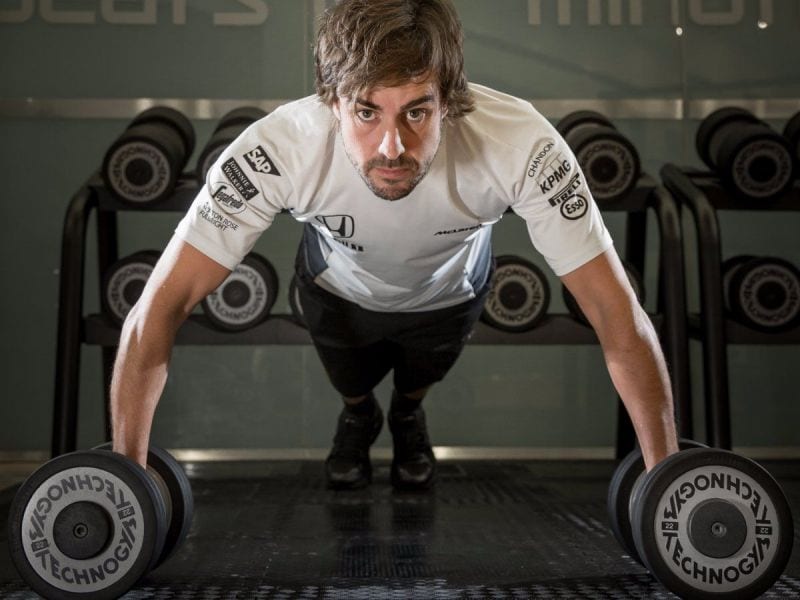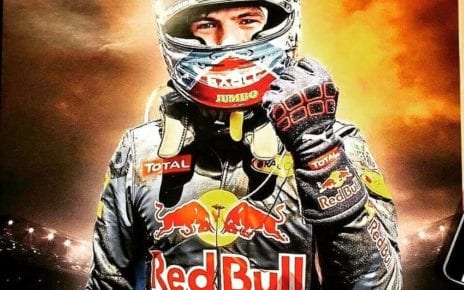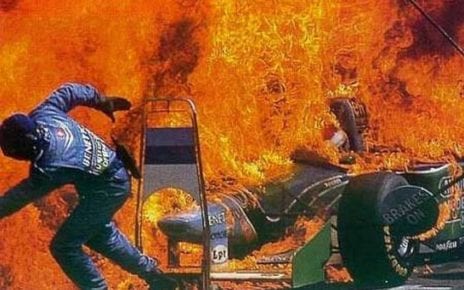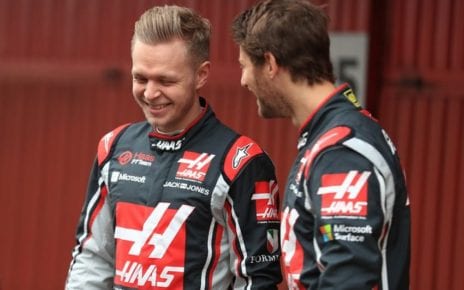Formula 1 drivers are skilled drivers that train consistently for the dangerous and blood-chilling races. They are conditioned by this training not only to drive fast and to take the dangerous maneuvers, but also to withstand the confined space they occupy in their race cars and the knocks they get from other racers.
Their cars are also custom made to protect them from serious accidents that could otherwise leave them disabled or some cases be fatal. The website Free Your Spine says that there are is a lot more these drivers go through in their preparations before and after these races to avoid back pains and neck injuries. Let’s see some of the tips they use.
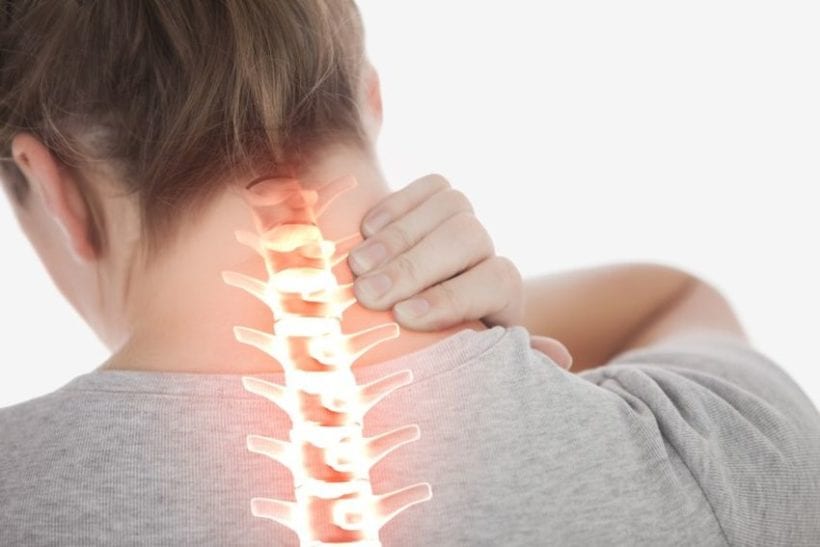
Back Massage and Physiotherapy
It would interest you to know that Formula 1 cars have improved in shape and weight that will make these cars go even faster. According to an expert from Mercedes Toto Wolff, drivers are likely to experience more difficulties driving the new models due to the cars exerting more G forces.
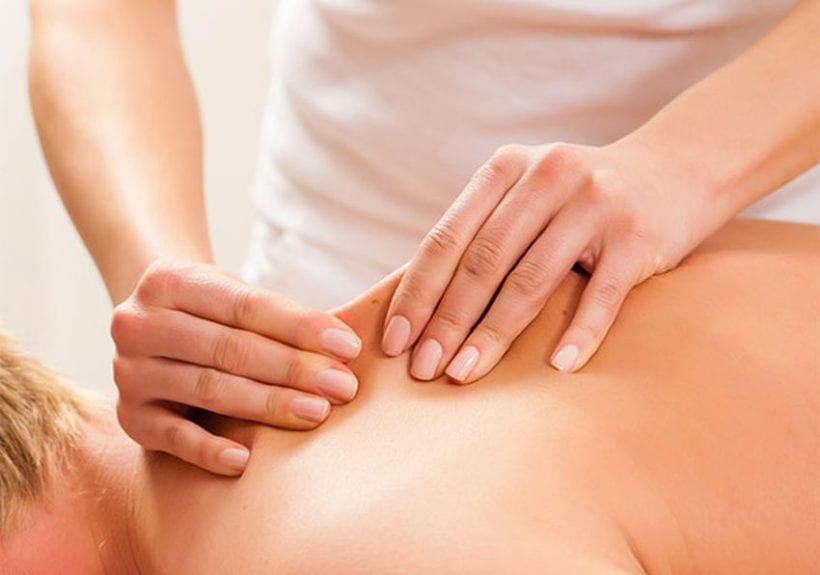
This extra force will have an extra effect on the part of the drivers’ endurance and stamina. Drivers, knowing the extent to which they will be required to push their bodies have employed massage and back physiotherapists to prepare them for the races and to help them heal after the races to prevent back and neck pains.
Physical Endurance Training
With the weight of these cars able to sustain a cornering force of up to 3.5 g, drivers need to be in top-notch physical conditions to manage this pressure and sustain the pressure throughout the race. Such pressure brings about intense fatigue that may see a weak driver lose concentration and opt out or get involved in a serious accident.
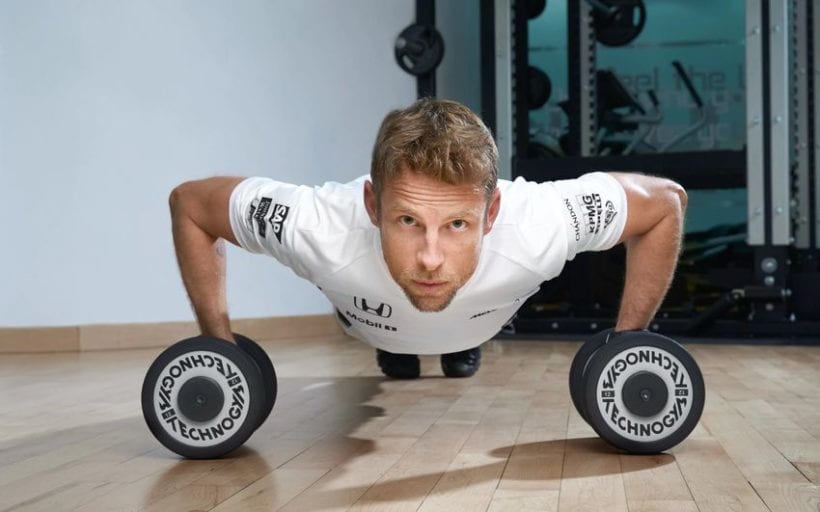
Drivers are, thus, put through intensive and extensive physical training routine that involves running, weight lifting, aerobics and swimming among other strength exercises months before the races begin and during the competitions. It is these physical exercises that play a pivotal role in preventing back and neck injuries that would otherwise inflict most of these drivers.
Special Training Rigs
There are special training rigs that are specifically designed for formula 1 drivers. These rigs are specially designed for strength training focused on F1 drivers to develop and strengthen some targeted muscles.
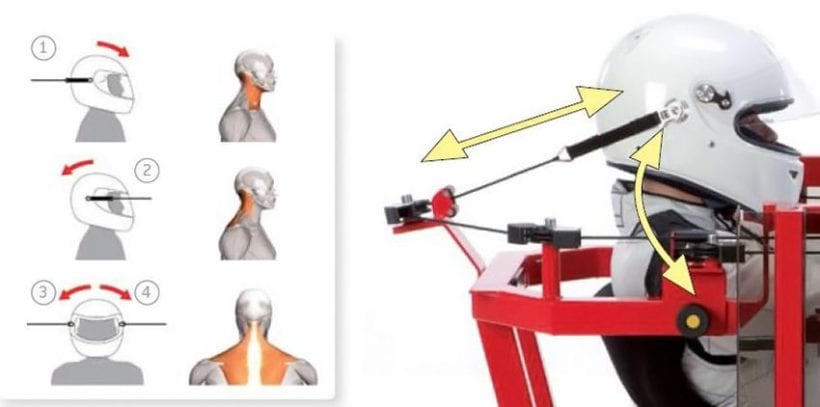
These muscles are targeted to help the drivers take in the force that comes with sharp and sudden cornering to prevent neck and back injuries. It is this sharp corners and sudden jerks that experts in this sport say are the major causes of this kind of injuries.
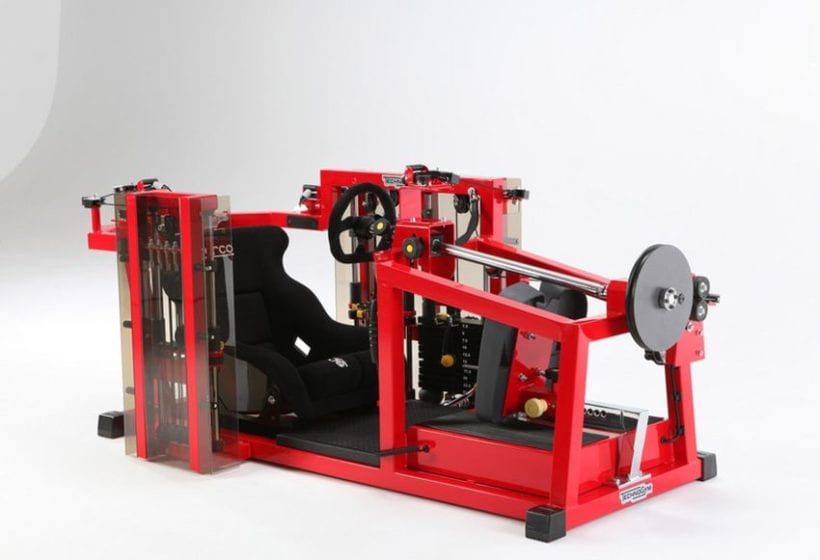
Car Design
Apart from the physical and physiotherapy sessions to strengthen the drivers’ body and help them improve on their concentration, the car design also plays a critical role in preventing fatal injuries. The driver’s cockpit features a deformable crash protection armor that is able to take in all the energy exerted during a serious crash. The driver’s cockpit or rather the survival area is designed in such a manner that the driver remains intact irrespective of any kind of crash, thus, significantly reducing the possibility of a spinal injury. The driver can be extricated in whole from his cockpit thanks to the special design.
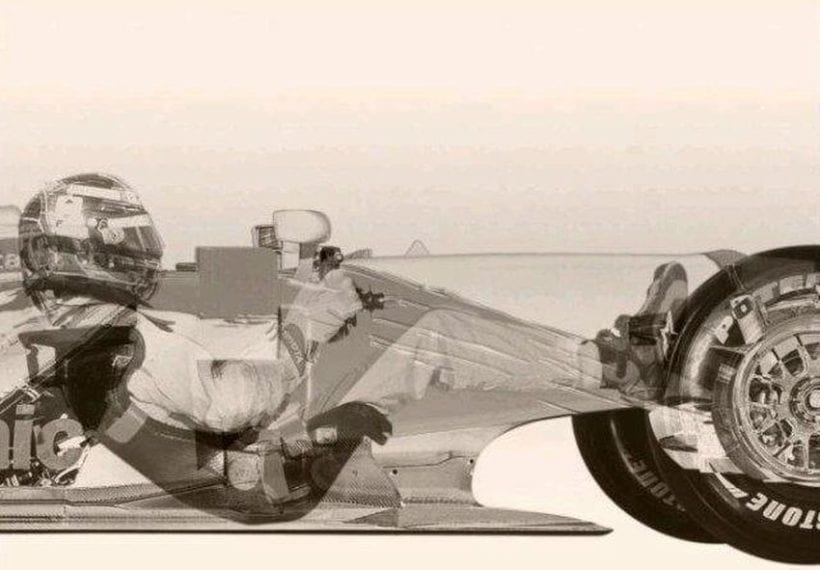
Helmets, Neck and Head Support
F1 helmets look heavy, but they are actually very light, about 3 pounds. They are made of polyethylene and carbon fiber as well as a Kevlar that is fire resistance. Its visor has a special chemical that prevents fogging to ensure that the driver’s vision is never obscured and air intakes that cools the driver’s head in the head during the race.
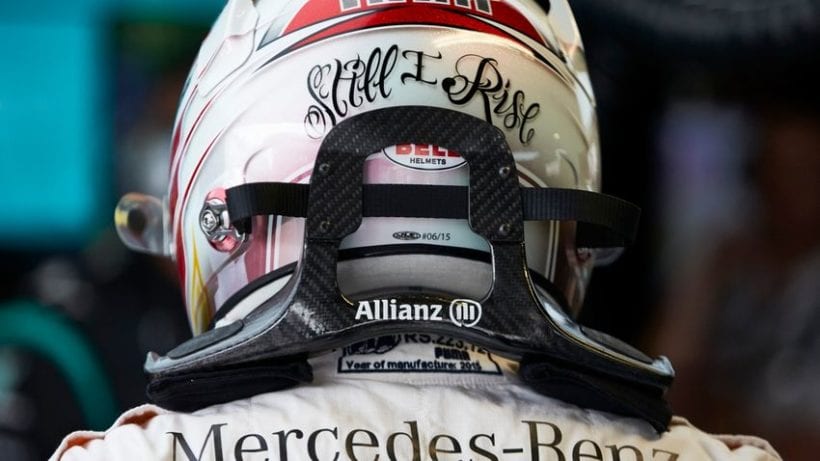
The helmet protects both the head and the neck since it also contributes to the stability of the driver’s neck during sharp cornering and breaking. In addition to the helmet is a device that is connected to the helmet and fixed to the seat belts. This device ensures that the driver’s spine remains intact and stabilizes the entire body in the most natural position possible during an impact. It covers the vital parts of the driver like the neck and the head where just a small knock would prove fatal.
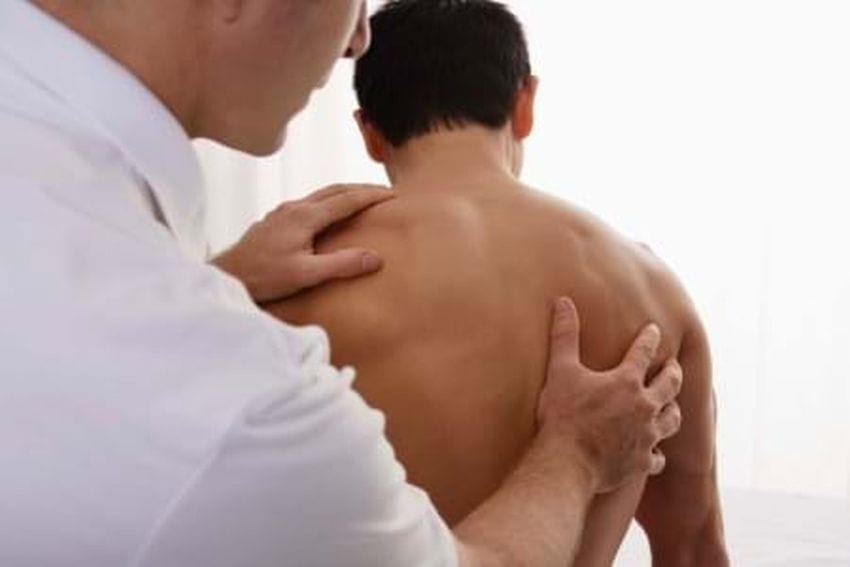
All drivers must ensure that they sit upright in their cockpits and have working seat belts in addition to the other safety features.

